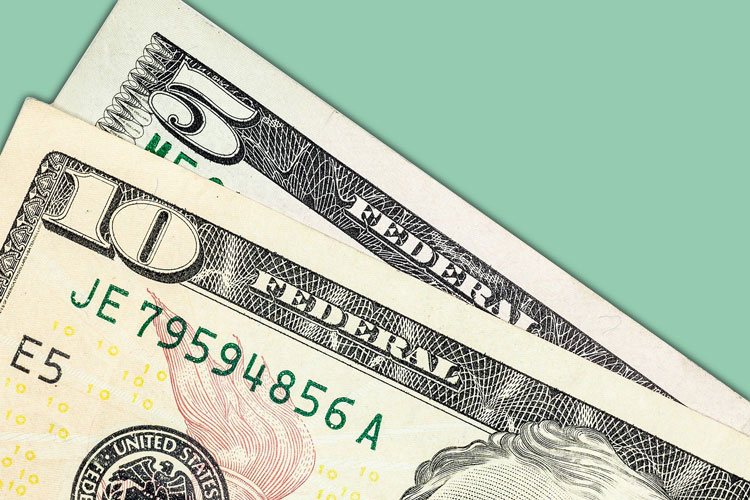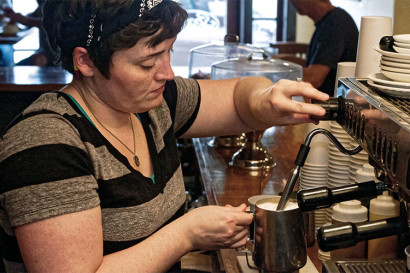Slowly hiking minimum wage to $15 would benefit 5.6 million Californians, study says
A Labor Center report details the impacts of boosting the state's minimum wage to $15 an hour.

March 30, 2016
A proposed gradual increase in California’s minimum hourly wage from $10 to $15 by 2023 would raise wages of 5.6 million workers by an average of 24 percent, according to a brief released today by UC Berkeley.

If the California Legislature approves a $15 an hour minimum wage, the UC Berkeley’s Labor Center estimates workers would see an average boost in pay of $2.19 an hour.
Gov. Jerry Brown announced a deal Monday between union and state legislative leaders to increase the state’s minimum wage to $15 an hour by Jan. 1, 2022, for businesses with more than 25 workers and by Jan. 1, 2023, for smaller businesses.
Researchers from the UC Berkeley Center for Labor Research and Education created a profile of workers who would benefit from the minimum wage legislation. Among their key findings:
- Some 96 percent of affected workers are in their 20s or older, and nearly three-quarters of the workers who will receive raises are in their 30s or older. Of all impacted workers, 37 percent are parents.
- On average, the workers’ wages account for half of their family income.
- An estimated 55 percent of affected workers are Latino, compared to 38 percent for the workforce as a whole.
- Retail workers account for 16 percent of affected workers and restaurant employees 15 percent.
Local minimum wage laws already in place will also generate pay increases for an additional 800,000 California workers. Together with the new proposal, 37 percent of the California workforce will receive higher wages.
“Based on our previous research, we expect the proposed law to have large positive effects on living standards for a large number of California workers and very small effects on employment,” said Ken Jacobs, chair of the Labor Center.
The deal needs to be approved by the state Legislature.
The brief was authored by Jacobs and Ian Perry, a Labor Center researcher.